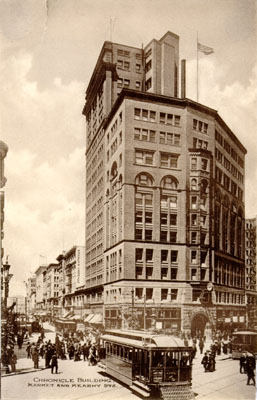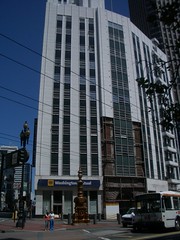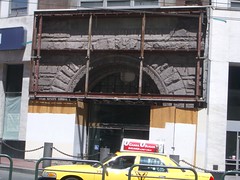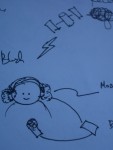Every place that has history wears it a little differently. Some places have so much that it seeps out of every port. In Ivrea, Italy you can see where the Roman coliseum used to be by the oval pattern of the streets, but the coliseum is long gone. In Verona, they still have their coliseum, and leave it largely as a ruin, but hold big fancy operas in it all summer. In Rome, the Coliseum is essentially a monument. Every city deals with its history differently. An early influential book for me was Afterculture: Detroit and the humiliation of history. It's a bit damaged by pomo/critical theory language (ah, academia...), but it has several points to make, not the least of which is that cities are continually constructing their own histories, literally. Venice, a tourist town for 400 years, is all about giving people the image of crumbling opulence at every turn. There are even people who will artfully chip plaster so it looks extra romantic (though in many places, that's unnecessary). With this background, it's interesting to see how San Francisco, one of my homes, continues to tweak its image of itself. I noticed an interesting example recently: the uncovering of the original facade of the De Young Building on Market and Kearney. Here's the photo comparison of the original building, and its current fascade:
Here's a detail of the uncovered fascade:
The partial removal implies that they're only considering restoring the facade, but aren't sure yet. Although it's not framed this way, I'm sure, to me it's symbolic of a reconsideration of the role of the building's original appearance to the city image and, importantly, a rejection of Modernist ideals. It's been interesting for me to see how cities come to reconsider their histories as the generation of people raised on the utopian ideals of Modernism retire and the people of my generation, raised on Postmodern architecture, negative futures and the politics of fear (all reactions to the failed utopian dreams of Moderism...and I would argue Enlightenment-influenced scientism) take over and try to make sense where they live. In San Francisco, a city that's the product of generational boom-bust cycles and strong romantic mythologies (Gold Rush, Barbary Coast, Crime Land, Beatnik Bohemia, Hippie Heaven, Dotcom Utopia...soon to be Biotech/Stem Cell Haven) it's especially interesting to see how this mythology plays out in the fabric of the city. I think this facelift, and its recognition of the (often sordid) history of the De Young family, who went from running a frontier broadsheet to high society in less than one generation, is a telling data point in terms of San Francisco admitting its past (as Las Vegas recently did) and reimagining its next costume, its next utopian mythology.
[Man, that's a lot of "isms" and hand-waving. From someone who just put down academia-damaged writing, that's embarassing.]









Recent Comments